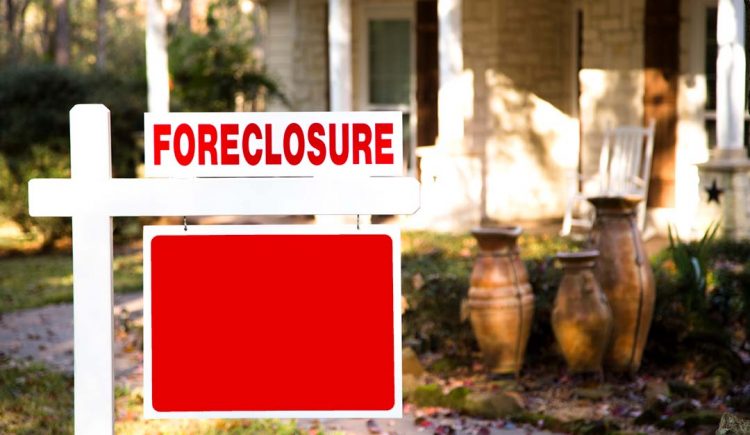Far from an apocalypse of the living dead, the U.S. actually saw a decrease in so-called “zombie foreclosures,” which dropped this quarter after rising through much of the pandemic—though the “dawn of the dead” could still be around the corner as federal protections for struggling homeowners recently expired.
The new report from ATTOM Data Solutions™ found only one out of every 13,060 properties currently qualify as “zombie foreclosures,” which are homes that have been vacated and foreclosed on. That is a drop of 7% from last quarter. Pre-foreclosure “zombie” properties total only 7,538 in the whole country, also down just under 7%.
“Vacant properties in foreclosure, and the resulting potential for neighborhood decay, continue to be a non-issue overall in most of the country,” said Todd Teta, chief product officer with ATTOM, in a statement. But that could easily change over the coming months as lenders are now free to take back properties from delinquent homeowners.”
The report credited a strong housing market and federal protections for the overall dearth of vacancies and foreclosures even during a severe economic crisis. But it added that the housing market is “likely to face a downturn to varying degrees across the country over the coming year,” with zombie foreclosures almost certainly poised to become more common.
“It’s hard to imagine that zombie foreclosures will continue to be so few and far between across the national landscape,” Teta added.
Shambling Forward
A total of 215,495 properties are in the process of foreclosure, according to the report, also down from last quarter by 3.7%. A total of 1.3 million, or 1.35% of all homes are currently vacant, according to the report, again down slightly from 1.42% last quarter.
But those numbers are likely going to reverse across the board over the next two months—and with them, the number of zombie foreclosures—as lenders pursue increasingly distressed property owners.
“The CFPB has authorized lenders to pursue foreclosure proceedings on vacant and abandoned homes now that the government’s moratorium is over,” said Rick Sharga, executive vice president of foreclosure database for RealtyTrac, in a statement. “They’ve also given the go-ahead to re-start the foreclosure process on loans that were already 120 days delinquent prior to the moratorium, and it’s not unlikely that over the past 15 months many of those financially-distressed homeowners have vacated their properties.”
One variable that might be hard to predict is how aggressive lenders will be in pursuing foreclosure proceedings, according to Teta, which could stratify or spread out the likely increase in zombie foreclosures.
“How much, how fast and where that happens will depend on how different banks approach the situation,” he said. “Some may decide to vigorously pursue foreclosures to recoup losses from the pandemic while others give homeowners more time to get back on their feet.”
Zombieland
Regionally, 31 states experienced a quarterly decrease in zombie foreclosures, with the Northeast boasting three out of the top six qualifying states—Massachusetts is down 26%, Connecticut dropped 12% and Maine fell by 11%.
The Northeast also has two of the top five states for most total zombie foreclosures, with New York topping the list with over 2,000 of the approximately 7,500 nationwide, and Pennsylvania with 366. Qualifying metro areas with the highest rate of zombie foreclosures include Portland, Oregon, with 13.7% of all foreclosures being vacant. Fort Wayne, Indiana; Detroit, Michigan; Cleveland, Ohio; and Honolulu, Hawaii all topped 10% in vacancy rate for their total foreclosures.
The following states saw the biggest quarterly decreases in overall vacancy this quarter, according to the report:
– Maryland: 1.7% to 1.1%
– Oregon: 1.8% to 1.3%
– Wisconsin: 1.4% to 1%
– Mississippi: 2.2% to 1.9%
– Minnesota: 1.5% to 1.2%
Read the full report from ATTOM here.
Jesse Williams is RISMedia’s associate online editor. Email him your real estate news ideas to jwilliams@rismedia.com.













Good idea to keep a eye on this process.FNMA AGENT.